![Granberg, Magnus / Nattens Inbrott / Skogen: Holde Traume, Kehret Wieder! [2 CDs] <i>[Used Item]</i (Another Timbre) Granberg, Magnus / Nattens Inbrott / Skogen: Holde Traume, Kehret Wieder! [2 CDs] <i>[Used Item]</i (Another Timbre)](https://www.teuthida.com/productImages/misc4/35038.jpg)
Two different version of Magnus Granberg's 2021 composition "Holde Traume, kehret wieder!" (Sweet dreams, come back!), first as a quartet performed by the Nattens Inbrott Quartet for which the piece was originally written, and then a second version performed with Granberg's group Skogen as a septet, adding additional parts to the original composition.
Out of Stock.
Quantity in Basket: None
Log In to use our Wish List
Shipping Weight: 3.00 units
EU & UK Customers:
Discogs.com can handle your VAT payments
So please order through Discogs
Sample The Album:
Vilde Sandve Alnaes-violin
Inga Margrete Aas-double bass
Magnus Granberg-prepared piano
Erik Carlsson-percussion
Anna Lindal-violin
Leo Svensson Sander-cello
Stina Hellberg Agback-harp
Henrik Olsson-objects, friction, piezo
Petter Wastberg-objects, contact microphones
Click an artist name above to see in-stock items for that artist.
Label: Another Timbre
Catalog ID: at225x2
Squidco Product Code: 35421
Format: 2 CDs
Condition: VG
Released: 2024
Country: UK
Packaging: Cardboard Gatefold
CD 1 recorded at Atlantis, Stockholm, on November 26th, 2021, by Niclas Lindstrom.
CD 2 recorded at Atlantis, Stockholm, on November 1st, 2021, by Janne Hansson.
This is a USED (previously owned) item
Another Timbre Interview with Magnus Granberg
Can you tell us about the title; where does it come from and what is its significance?
The title is culled from the last line of a poem by Matthäus von Collin which was set to music by Franz Schubert and published in 1825 under the title 'Nacht und Träume'. The title, 'Holde Träume, kehret wieder!' could be translated to 'sweet dreams, come back!' or 'fair dreams, return!' (Richard Wigmore's translation). It's a lovely song, which in its most obvious and literal interpretation is about night and dreams and the longing for the night and the dreams to return when waking up to a new day. After having finished the piece I also by chance realised that 'Nacht und Träume' also is the title of one of Beckett's late, minimal (and in this particular case more or less wordless) plays for television, in which the last line of the song is first hummed and then silently sung by a male voice, possibly by the main (or even sole) character if I remember correctly.
Schubert as reconfigured by Beckett isn't a bad description of your music! I feel there's an underlying romanticism, but it coexists with, or perhaps is buried deep beneath, a late modernist sensibility that is melancholic bordering on despair.
Yes, that's actually quite a good description and analysis of my music, I guess! I have of course constantly been returning to Schubert over the years and reading Beckett (particularly his late prose works such as 'Company, 'Worstward Ho' and 'Ill Seen, Ill Said') was certainly of great importance and even something of a revelation to me in the early 2000s when I made my first attempts to reorient aesthetically after having lost faith in playing jazz and playing the saxophone.
In most of your compositions, a lot of the music is derived by substantially re-working existing pieces. Is this the case here too, and if so, what is the source material?
Yes, listening to and being very moved by 'Nacht und Träume' served as an impetus to write something myself, and the song itself accordingly served as a starting point for the new piece. That being said, there are no extensive quotations except for the use of the rhythmic structure of the last line of the song. Apart from that the materials of the song mainly served as a point of departure: rhythmic phrases were fragmented and divided into tiny cells that were treated and recombined in various ways, and parts of the tonal structure were used as a point of departure when creating a new, modal framework for the piece.
As ever, there is so much improvisational input that - although I could easily identify both realisations as being your music - I don't think that I could have identified them as being the same piece. That may just be due to my lack of musical training, but does it matter in any way? Do you want your compositions to be identifiable as individual pieces, or are you happy for them to become part of a large but somewhat undifferentiated pool of music?
Well, that hasn't really been that important to me so far. On the contrary I have often considered the individual pieces to be landscapes which could be perceived very differently depending on whom is traveling through them and how and when it is done, since there are so many (innumerable) ways of traversing them. And in a way I have also often considered the individual pieces all to be a part of a larger but very similar landscape, or perhaps like different outcomes of the same (or slowly evolving) genetic constitution, to use another analogy. Lately though, I have been experimenting with other ways of approaching the materials, trying to explore other potentials and organisational dynamics in the music which are situated on different positions of the spectrum of coherency and consistency on the one hand, and indeterminacy and individual and collective freedoms on the other. This is partly related to the question of writing music for musicians and ensembles with different schoolings and trajectories in and through music in a way which feels comfortable for the musicians while at the same time hopefully yielding a consistent, coherent, lively and interesting result, but also to the question of exploring inherent potentials in the materials themselves and the many possible ways of organising them.
This is a double album, consisting of two different realisations of 'Holde Traume', a septet version by Skogen, and a more minimal version by the Nattens inbrott quartet. Did you envisage this possibility of two different ensembles realising the piece for different instrumentation from the start of the project, or was it something that happened by chance?
Well, even if that's almost always a latent or tacit possibility, I actually originally wrote the piece in order to have something to play with Nattens inbrott, a new quartet with myself, percussionist Erik Carlsson and two fabulous Norwegian string players, violinist Vilde Sandve Alnaes and double bass player Inga Margrete Aas, perhaps best known from their brilliant string duo Vilde & Inga. Around the same time (which was still during the pandemic) I realized that we should try do something with Skogen as well, but since I didn't have the time to write a new piece, I simply decided that it perhaps could be interesting to hear how the piece would turn out when being played in two different settings and by partly different musicians. So I simply wrote some additional parts for Skogen and then we recorded the two different versions on two different occasions with just a few weeks in between, both being recorded at Atlantis here in Stockholm.
That's interesting. Did Vilde & Inga approach you about forming the quartet, or did you suggest it to them? (And what does Nattens inbrott mean, by the way?) Obviously the musicians in Skogen know your work intimately, and have played a role in the way it has developed over the years, but the Nattens inbrott quartet also sound as if they've been playing your music for a long time. They're extraordinarily accomplished, so that listening to the two realisations blind, I would be hard-pressed to say whether the quartet or septet were playing your music for the first time.
No, it was I who approached them. After having heard a few of their recordings on the internet over the years and finally hearing them play an incredible concert at Rönnells Antikvariat in Stockholm (which also happens to be where my day job is at) I was thoroughly and emphatically convinced that they would be a perfect match for my music. We have actually just played one concert yet (partly due to the pandemic) which took place the day before the studio recording, but we hope to be able to play a little bit more the forthcoming years. 'Nattens inbrott' means 'the break of night', which of course seems to fit the nocturnal qualities of the music as well as the source materials of the piece itself rather well, I guess.
As far as you're concerned, would it be valid for ensembles to take other scores of yours and make realisations using just some of the parts? Is this something that has happened already?
Yes, that is perfectly possible and I guess that has more or less already happened. But if so, I quite often want to adapt the pieces gently in terms of which parts may or should be used, and if the instrumentation differs slightly, I prefer to adapt and revise appropriate parts for the new instruments.
Artist Biographies
• Show Bio for Vilde Sandve Alnaes "Vilde Sandve Alnæs is a Norwegian violinist, best known for the duo Vilde & Inga with double bassist Inga Margrete Aas. She also performs with the groups Aksiom, Ensemble Allegria, and Nattens Inbrott. She is also part of the ensemble of the Edition Wandelweiser album by Johan Lindvall, Solo / Ensemble." ^ Hide Bio for Vilde Sandve Alnaes • Show Bio for Inga Margrete Aas "Inga is an Oslo-based composer, improviser and musician, working in the field of experimental music. As a performer you might find her playing circle bow on double bass in the improv duo Vilde&Inga, delicate noise sounds on viola da gamba in the free folk band O, engaged in a counterpoint with the classical chamber orchestra Ensemble Allegria or taking part in short term projects. Beside playing their own improvisations Vilde&Inga also commissions new works and engage in interdisciplinary collaborations. As a composer Inga believes that the musical work provides an opportunity for asking questions, listening in new ways, thinking in other trajectories and imagining something else. She believes that composition can be about positioning sounds, actions, objects, text, light and technology in relation to each other, following a musical logic (i.e. the logic of the muses). Inga is currently working on pieces for Boyes musikkompani, Musica Vitae, Jennifer Gersten and Tøyen fil og klafferi." ^ Hide Bio for Inga Margrete Aas • Show Bio for Magnus Granberg "Magnus Granberg is a composer and performer working at an intersection between contemporary chamber music and improvisation. He is based in Stockholm, Sweden. Born in Umeå in 1974, he studied saxophone and improvisation at the University of Gothenburg and in New York in his late teens and early twenties. Self-taught as a composer, he formed his own ensemble Skogen in 2005 trying to integrate experiences, methods and materials from various traditions of improvised and composed musics into a new modus operandi. Now mainly working with the ensemble Skogen and the newly formed Skuggorna och ljuset, while also writing music on commission for different ensembles and projects. He is also active as an improvisor in different contexts, mainly playing the clarinet. His music has been performed in Norway, Sweden, Switzerland, the United States, England, Austria, Hungary and Slovenia, broadcast by public radio channels in England (BBC Radio 3 and 6), Germany (SWR 2), Sweden (SR P2), Estonia, Slovenia, Serbia, Hungary and the United States, and has been published by the British record label Another Timbre. Recent work includes a commission from Another Timbre and Ensemble Grizzana and collaborations with musicians such as David Sylvian, Christoph Schiller and the Swiss duo Diatribes. He has in the last decade also, more or less regularly, collaborated with musicians such as Angharad Davies, Tisha Mukarji, Tetuzi Akiyama, Toshimaru Nakamura, Anna Lindal, Kristine Scholz, Rhodri Davies, Simon Allen, Christoph Schiller and Ko Ishikawa." ^ Hide Bio for Magnus Granberg • Show Bio for Erik Carlsson "Erik Carlsson is an improvising percussionist whose blissful sounds resound throughout the world. Apart from performing solo, he is also heard with musicians and ensembles such as Toshimaru Nakamura, Tetuzi Akiyama, Martin Küchen, Chip Shop Music, Skogen and Mats Gustafsson's Swedish Azz." ^ Hide Bio for Erik Carlsson • Show Bio for Anna Lindal "Anna Lindal, violin, studied in Sweden and Switzerland. Lived and performed in Switzerland and France for many years, played in the string trio Trio des Lyres specialized in mixed programs with barock and classical music on original instruments as well as contemporary works. During this time the film "Livsstråk" was made which is a musical portrait of Anna Lindal. From 1983 to 2001 concertmaster of the Royal Philharmonic Orchestra in Stockholm and from 2002 Professor of violin at the Royal college of Music in Stockholm. Currently Professor in Music att Stockholm University of the Arts and free lance violinist. Engaged in artistic research on interpretation/improvisation and tradition/convention versus contemporary expressions. Performs regularly as soloist, as chamber musician, in experimental theatre and in different groups for free improvisation. Collaborates with a large number of contemporary composers and has had many new compositions dedicated to her. Made several recordings, among others two solo records with works by John Cage and Christian Wolff together with related composers. Has also been performing instrumental Argentine Tango in the quintet Tango Libre for several years." ^ Hide Bio for Anna Lindal • Show Bio for Leo Svensson Sander "Cellist Leo Svensson Sander is a member of Erlend Viken Trio, Eter (6), Gul 3, Skog Och Dal, Skogen, Skuggorna Och Ljuset, The Tiny, Walrus" ^ Hide Bio for Leo Svensson Sander • Show Bio for Stina Hellberg Agback Stina Hellberg Agback: Improvising Harpist "Stina Hellberg Agback has been performing as an improvising harpist since 2006, she has been heard on festivals and venues with her groups Namna, SHA3K, Trilobit, Stina Hellberg Agback/Jonas Isaksson Quartet and duo Eva Lindal/Stina Hellberg Agback. She performs with bands such as Mattias Risberg Mining Extended, Mariam the Believer, 3 Glas and Skogen. She also performs classical music with Uppsala Chamber Orchestra and Stockholm Wind Orchestra.She has released records with Namna, SHA3K, Trilobit and together with Jonas Isaksson. Enthusiastic reviews have been received in magazines such as Downbeat, Orkesterjournalen and Lira. Hellberg Agback has also extensively collaborated with the pop world. Recording for artists such as Mattias Olsson and I.B. Sundström, as well as film music scores by Matti Bye and Hans Appelqvist. Hellberg Agback holds a Bachelor's and Master's degree in jazz performance, from the Royal College of Music, Stockholm. She has also attended Berklee College of Music and Trinity College of Music and is currently studying composition." ^ Hide Bio for Stina Hellberg Agback • Show Bio for Henrik Olsson "Henrik Olsson was born in 1975 in the village of Kyrkhult, a small industrial community in the south of Sweden. Studied classical percussion and received my MFA in 2001 at The Academy of Music and Drama, University of Gothenburg. I move freely between notated music and free improvisation, blending acoustic and amplified sounds with the use of contact microphones." ^ Hide Bio for Henrik Olsson • Show Bio for Petter Wastberg "Petter Wastberg is a member of Skog Och Dal, Skogen, Slötakvartetten, Unforgettable H2O" ^ Hide Bio for Petter Wastberg
10/11/2024
Have a better biography or biography source? Please Contact Us so that we can update this biography.
10/11/2024
Have a better biography or biography source? Please Contact Us so that we can update this biography.
10/11/2024
Have a better biography or biography source? Please Contact Us so that we can update this biography.
10/11/2024
Have a better biography or biography source? Please Contact Us so that we can update this biography.
10/11/2024
Have a better biography or biography source? Please Contact Us so that we can update this biography.
Have a better biography or biography source? Please Contact Us so that we can update this biography.
10/11/2024
Have a better biography or biography source? Please Contact Us so that we can update this biography.
10/11/2024
Have a better biography or biography source? Please Contact Us so that we can update this biography.
Have a better biography or biography source? Please Contact Us so that we can update this biography.
Track Listing:
CD 1
1. Holde Traume, kehret wieder! - quartet version 44:54
CD 2
1. Holde TrŠume, kehret wieder! - septet version 45:14
Used CDs
Compositional Forms
Improvised Music
Quartet Recordings
Septet recordings
European Improvisation, Composition and Experimental Forms
Ambient, Minimal, Reductionist, Onky Sound, &c.
Used CD Alphabetic List
Search for other titles on the label:
Another Timbre.


![Granberg, Magnus / Nattens Inbrott / Skogen: Holde Traume, Kehret Wieder! [2 CDs] <i>[Used Item]</i (Another Timbre) Granberg, Magnus / Nattens Inbrott / Skogen: Holde Traume, Kehret Wieder! [2 CDs] <i>[Used Item]</i (Another Timbre)](https://www.teuthida.com/productImages/full/35421.Full.jpg)

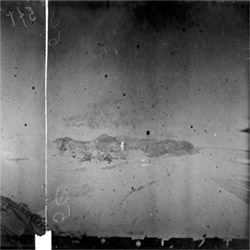

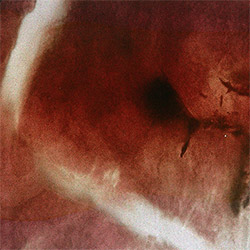


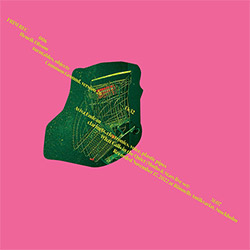

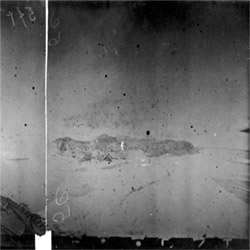
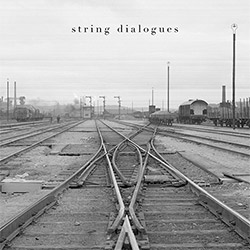
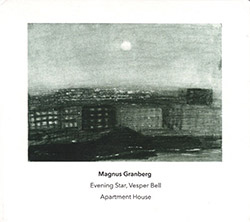

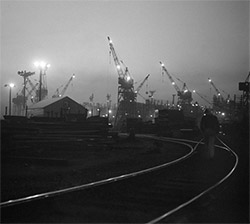



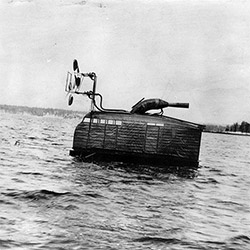
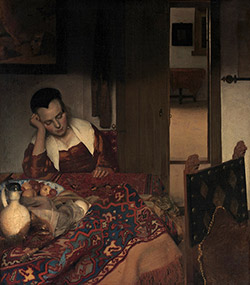
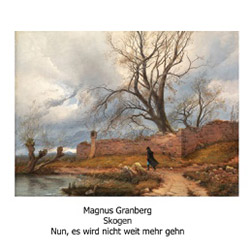



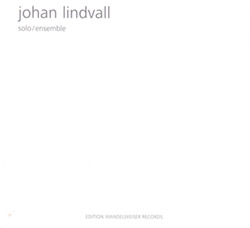



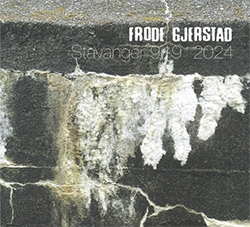
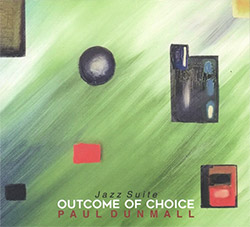
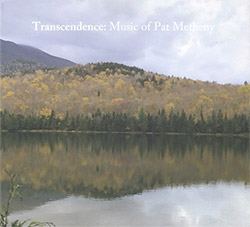
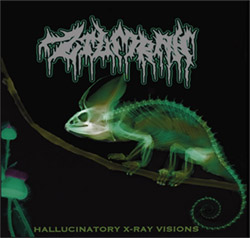
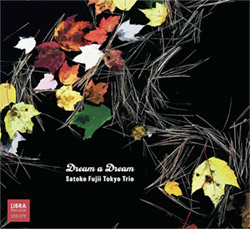
![Ackerley / Prymek / Turner: All Hope With Sleeping Minds [CASSETTE]](https://www.teuthida.com/productImages/misc4/35950.jpg)
![Myers, David Lee : Tin Drop Tear [BOOK w/ DOWNLOAD]](https://www.teuthida.com/productImages/misc4/36030.jpg)

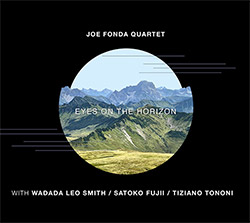
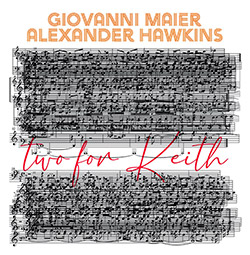
![Schindler, Udo / Sandy Ewen / Damon Smith: Munich Sound Studies Vols. 4, 5 & 6 [3 CDs]](https://www.teuthida.com/productImages/misc4/35966.jpg)
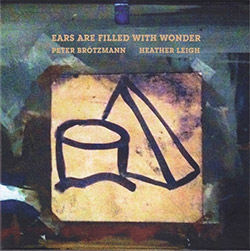


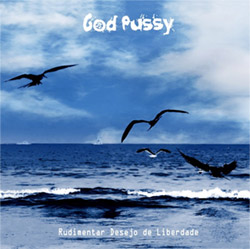


![Turbulence Orchestra & Sub-Units: Smear Out the Difficulties (Double Live) [2 CDs]](https://www.teuthida.com/productImages/misc4/36048.jpg)
![Perelman, Ivo / Tyshawn Sorey: Paralell Aesthetics [2 CDs]](https://www.teuthida.com/productImages/misc4/35871.jpg)
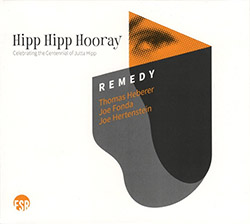

![Sjostrom, Harri: SoundScapes #4 Festival Berlin 2023 [3 CDs]](https://www.teuthida.com/productImages/misc4/35874.jpg)
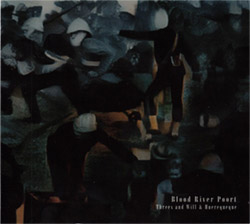
![Musicworks Magazine: #150 Winter 2024/25 [MAGAZINE + CD]](https://www.teuthida.com/productImages/misc4/36035.jpg)
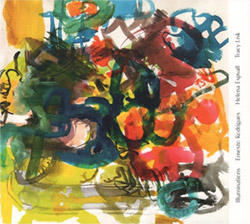

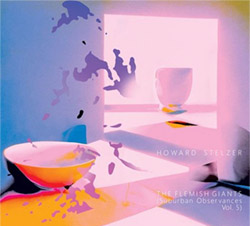


![Glenn, Jordan: Flustered [CASSETTE]](https://www.teuthida.com/productImages/misc4/35948.jpg)


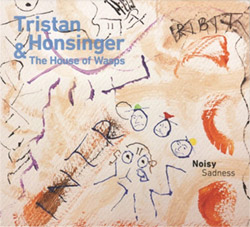
![Lindorff-Ellery, Evan: Church Recordings from Monhegan [CASSETTE]](https://www.teuthida.com/productImages/misc4/35949.jpg)
![Schindler, Udo / Werner Dafeldecker / Gunnar Geisse: Travelling Sound Images - Cognitive Transfers [Trio]](https://www.teuthida.com/productImages/misc4/35767.jpg)
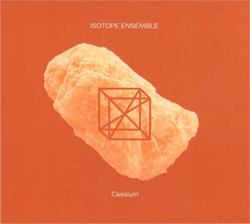
![Egberth, Dennis: The Dennis Egberth Dynasty [VINYL]](https://www.teuthida.com/productImages/misc4/35549.jpg)


![Schindler, Udo / Rieko Okuda / Eric Zwang Eriksson: Disturbed Terrains [2 CDs]](https://www.teuthida.com/productImages/misc4/35330.jpg)
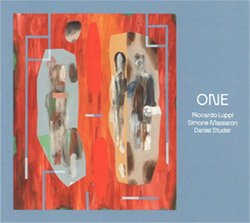
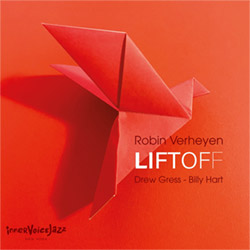
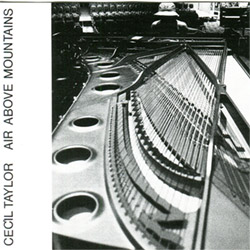


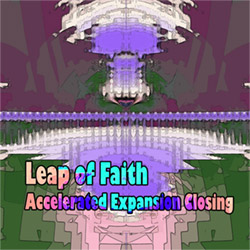
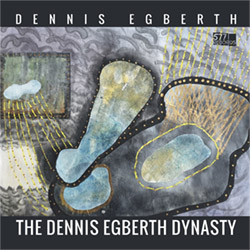
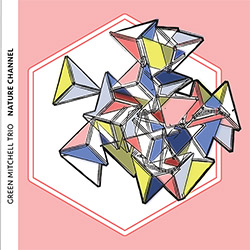

![Wolf Eyes / Anthony Braxton: Live At Pioneer Works, 26 October 2023 [VINYL]](https://www.teuthida.com/productImages/misc4/35839.jpg)
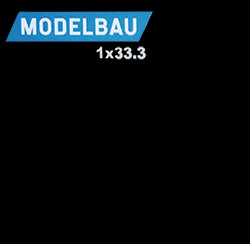
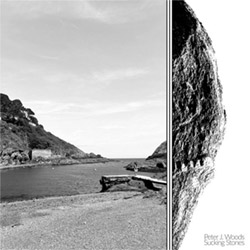
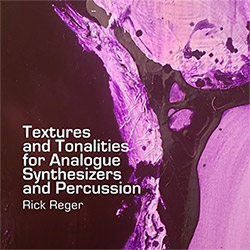

![Olencki, Weston : Pearls Ground Down To Powder [VINYL]](https://www.teuthida.com/productImages/misc4/35956.jpg)
![Myers, David Lee: Oculus [2CDs]](https://www.teuthida.com/productImages/misc4/35857.jpg)


![dustsceawung: dustsceawung [CASSETTE w/ Download]](https://www.teuthida.com/productImages/misc4/35753.jpg)
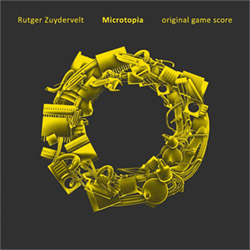



![Halls of the Machine: Atmospheres For Lovers And Sleepers [CASSETTE w/ DOWNLOAD]](https://www.teuthida.com/productImages/misc4/35806.jpg)
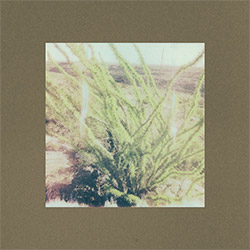
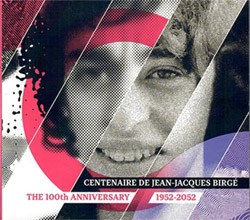
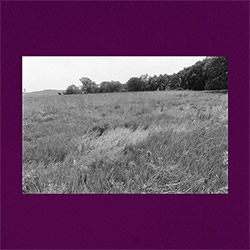
![AHC (Alexander Cooper): Lase [2 CDs]](https://www.teuthida.com/productImages/misc4/35754.jpg)



![Fagaschinski, Kai / Yan Jun : Graveyard Processions [VINYL w/ DOWNLOAD]](https://www.teuthida.com/productImages/misc4/35474.jpg)
![Brant, Cody / Carl Kruger: Smoke Detail [CASSETTE w/ DOWNLOAD]](https://www.teuthida.com/productImages/misc4/35551.jpg)







![Zorn, John / JACK Quartet: The Complete String Quartets [2 CDs]](https://www.teuthida.com/productImages/misc4/35609.jpg)

![Lonsdale, Eden: Dawnings [2 CDs]](https://www.teuthida.com/productImages/misc4/35480.jpg)







![Sanna, Claudio: Compositori Sardi Contemporanei II [2 CDs]](https://www.teuthida.com/productImages/misc4/35317.jpg)






![Zurria, Manuel: Fame di Vento [3 CDs]](https://www.teuthida.com/productImages/misc4/35167.jpg)


![Electric Bird Noise / Derek Roddy: 8-10-22 [CD EP]](https://www.teuthida.com/productImages/misc4/35970.jpg)








![Elephant9 : Mythical River [VINYL]](https://www.teuthida.com/productImages/misc4/34624.jpg)



![Elephant9 with Terje Rypdal: Catching Fire [VINYL 2 LPs]](https://www.teuthida.com/productImages/misc4/35355.jpg)
![Deerlady (Obomsawin, Mali / Magdalena Abrego): Greatest Hits [VINYL]](https://www.teuthida.com/productImages/misc4/34876.jpg)







![Surplus 1980: Illusion of Consistency [CD]](https://www.teuthida.com/productImages/misc4/35069.jpg)
![Staiano, Moe: Away Towards the Light [VINYL + DOWNLOAD]](https://www.teuthida.com/productImages/misc4/35037.jpg)



![Caveira (Gomes / Sousa / Abras / Ferrandini): Ficar Vivo [VINYL]](https://www.teuthida.com/productImages/misc4/34643.jpg)
![Coley, Byron: Dating Tips for Touring Bands [VINYL]](https://www.teuthida.com/productImages/misc4/17906.jpg)

![Lost Kisses: My Life is Sad & Funny [DVD]](https://www.teuthida.com/productImages/misc4/lostKissesDVD.jpg)